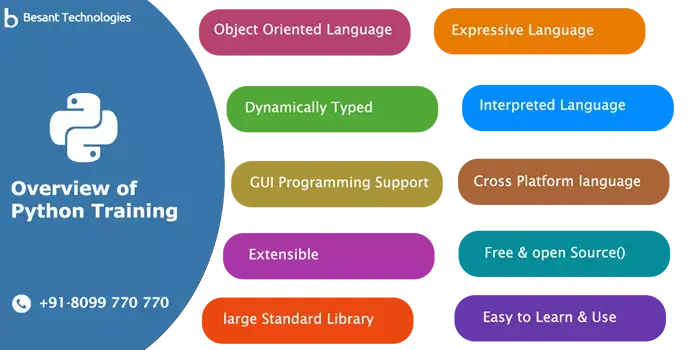Python ** Explained (Double Star Or Double Asterix)

본문
Consider a scenario where you're working with giant information units or performing numerous calculations. In such a case, the optimum choice for reminiscence and performance would probably be the double-star operator. The elevated efficiency could lead to a extra streamlined execution process, probably lowering the computational burden in your system. Performance : File dealing with operations in Python could be slower than other programming languages, especially when dealing with massive files or performing advanced operations. What's Python file handling? Python file handling refers back to the process of working with information on the filesystem. It involves operations equivalent to reading from information, writing to information, appending data and managing file pointers. ] corresponds to the values. ] was used to stand for the values. Loops are sometimes used to iterate and manipulate sequential data varieties. The for loop in Python is very just like other programming languages. We will use break and proceed statements with for loop to change the execution. However, in Python, we are able to have elective else block in for loop too. I hope you may have gained some attention-grabbing concepts from the tutorial above. You probably have any questions, tell us within the feedback beneath.
Thread Security: When utilizing custom capabilities in a multi-threaded atmosphere, ensure your capabilities are thread-protected. Consider using connection per thread.For more complex database operations, you may want to check out Python SQLite3 execute() Methodology Information or find out about committing modifications. SQLite's functionality with custom Python functions. It allows you to implement specialized calculations and operations immediately in your SQL queries. We are able to get out of the for loop using the break statement. This may terminate the for loop execution and the code block won’t be executed for the remaining parts of the iterable. This is beneficial once we discovered what we're on the lookout for and don’t need to course of other elements of the iterable. Now, if you're considering knowing the right way to implement information science ideas with Python, you possibly can go through this weblog on Python Data Science tutorial. Further, try our gives for the Python certification course. You can too undergo these free Python Coding Interview Questions ready by industry consultants.

It is critical to know Python's basic ideas to utilize it efficiently. Variables are used to hold knowledge in Python and do not have to be explicitly declared. A variable's knowledge type is mechanically ascertained by taking a look at the worth that is assigned to it. Control buildings manage the move of execution in a program. Object-oriented programming, which divides code into courses and objects, is supported by Python. Python has sturdy error and exception handling options that be sure this system can deal with unforeseen circumstances politely. The following desk lists the road plot styles. Remember that you can too use these types with other sorts of plots. For instance, a scatter plot can use these styles to outline each of the data factors. When in doubt, strive the styles to see whether they’ll work with your particular plot. It’s type of superb to suppose that IPython supplies you with magic, but that’s precisely what you get with the magic capabilities. Most magic functions begin with both a % or %% signal. These with a % sign work inside the setting, and people with a %% sign work at the cell level.
Be aware: For more information, refer Python Units. Dictionary in Python is an unordered assortment of knowledge values, used to retailer knowledge values like a map. Dictionary holds key:value pair. Every key-worth pair in a Dictionary is separated by a colon :, whereas each key is separated by a ‘comma’. Notice: For more data, refer Python Nested Dictionary. Every thing in Python is handled as an object so each variable is nothing but an object in Python. A variable may be either mutable or immutable. If the variable’s worth can change, the thing is called mutable, whereas if the value can't change, the object known as immutable. We will study the difference between mutable and immutable varieties within the later section of this article.
In the Automate the Boring Stuff with Python online e-book, you'll find out about dictionaries, strings, debugging, common expressions and more. Should you desire a video format, then you'll be able to undergo the YouTube series that Al Sweigart put together. In this 12 hour YouTube Edureka course, you will learn about capabilities, loops, lists, conditionals, error dealing with and extra. This course will also talk about career opportunities in Python and salary expectations for Python builders. In this TechWorld with Nana YouTube course, you'll study strings, variables, OOP, purposeful programming and more. You will also construct a couple of projects including a countdown app and a venture targeted on API requests to Gitlab. In Python, you may store values to variables. The worth of a variable can then be changed throughout the execution of this system. As you'll be able to imagine, storing information is essential to a pc program. For example, a typical sport application retains observe of some type of rating. Behind the scenes, the rating is a variable that's up to date based mostly on certain actions. This is a complete guide on variables in Python.







댓글목록0
댓글 포인트 안내